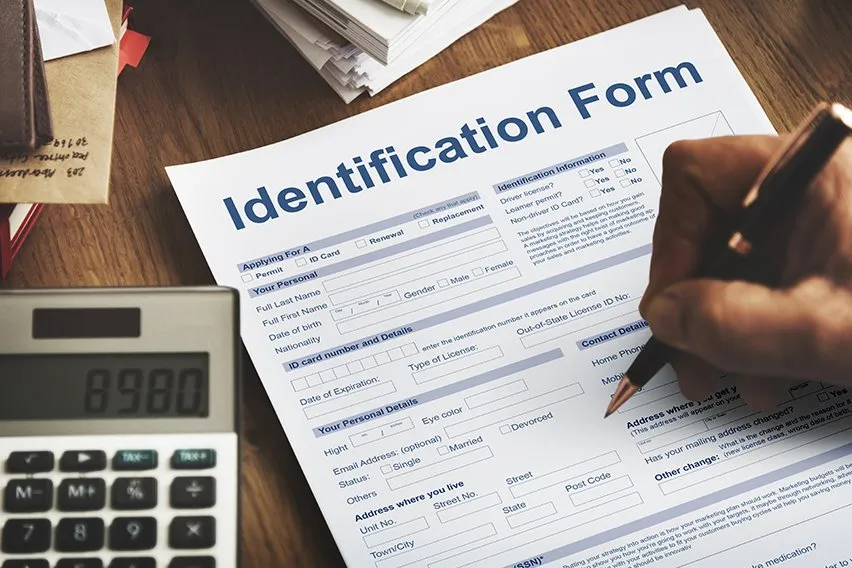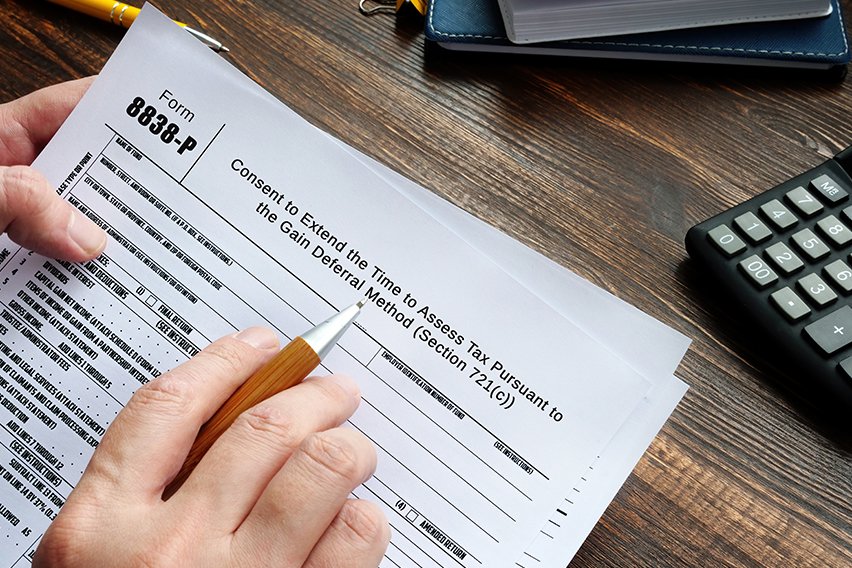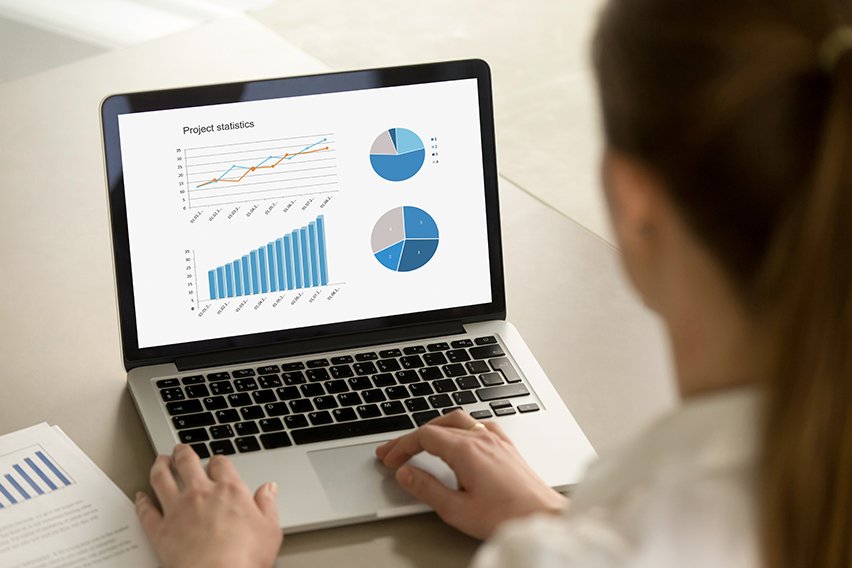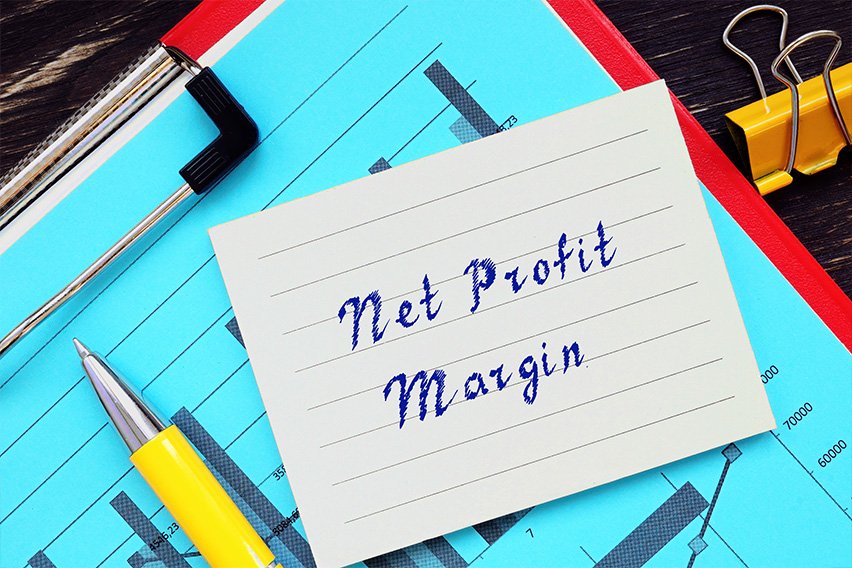Single Entry System Accounting: an Introduction

A single entry system of accounting is a form of bookkeeping in which each of a company’s financial transactions are recorded as a single entry in a log. This process does not require formal training and is usually used by new small businesses because of its simplicity and cost effectiveness.
Here’s What We’ll Cover
What Is a Single Entry System with Example?
What Are the Advantages and Disadvantages of Single Entry System?
What Is the Difference Between Single Entry and Double Entry?
NOTE: FreshBooks Support team members are not certified income tax or accounting professionals and cannot provide advice in these areas, outside of supporting questions about FreshBooks. If you need income tax advice please contact an accountant in your area.

What Is a Single Entry System with Example?
A single entry system records the date, description, the value of the transaction and whether it’s an income or expense, and then the balance. This is done for every transaction a company is involved in. Depending on the business, some may also include the tax amounts.
Let’s say you run a small business making shoe orthotics. You’ve received a payment from a customer for the custom orthotics you’ve designed him. You’ve been keeping a simple computer program, perhaps an excel spreadsheet, to track every transaction, so you log on to record this particular entry. It might look something like this:
Date: November 10, 2018
Description: John Smith’s custom orthotics x 2
Expense: N/A
Income: $1930.50
Tax Paid: $130.50
Payment: Check
Notes: Paid by check #77423
Balance: $7800.00
The “Balance” is how much money you have on hand. As each entry is catalogued, that balance will adjust upwards or downwards depending on whether the transaction is considered to be income or an expense. Having balance information readily available is helpful to you as a small business owner because you know immediately if you can afford a new expense, such as paying a vendor’s invoice. Balance information, along with being able to calculate how much income and expenses you are incurring, are the benefits of using a single entry system of accounting.
Who Uses Single Entry System?
Many small businesses use a single entry system mainly for the convenience it offers. Although a single entry system records only the bare essentials, it is attractive for companies that:
- Have no or few employees (meaning a more detailed bookkeeping system would be impossible or too cost prohibitive to implement).
- Use “Cash basis accounting” over “Accrual accounting” (Accrual accounting records when a transaction occurs, not when the cash is exchanged).
- The firm has few financial transactions (Imagine that orthotic company, it’s likely they have only a half dozen transactions in a given day due to the nature of its business).
- Do not sell on credit or installment plans (meaning amounts are paid in full immediately).
- Have few physical assets like buildings, equipment and vehicles.
What Are the Advantages and Disadvantages of Single Entry System?
The advantages of a single entry system are as follows:
- Simplicity. The system is very simple to execute, very little needs to be recorded (meaning, a lot of time saved).
- Cost savings. A business does not need special software or complicated programs to develop a single entry system spreadsheet. They do not need staff with an accounting background, nor do they need to contact a professional accountant or bookkeeper for their services. This is because a single entry system does not need to self-balance.
- Convenience. A business is unlikely to become overdrawn on its bank account, since the balance is continually updated. At a glance, a small business owner can see their balance at any time.
Single entry records can even be written down, if updated and maintained properly. You may still see some very small businesses recording entries this way in a journal.
The disadvantages to a single entry system are considerable:
- Insufficient data to generate proper financial statements. You cannot generate the following from data entered via a single entry system:
– Profit and Loss statement (P&L)
– Balance Sheet
– Income statement
– Cash Flow statement
– Equity statement
This is why a single entry system will not work or even be considered by larger companies.
- Inability to strategize. Without proper bookkeeping, such as that which a Double Entry system provides, management cannot properly assess the company’s financials and plan change for the future. This could affect revenue for the organization and its ability to continue to operate.
- Tax problems. A single entry system may help in general with bookkeeping, but it is not acceptable to tax authorities due to the incomplete nature of the data recorded.
- Theft. Criminal activity is less likely to be detected (this is because assets are not tracked).
- Errors. Mistakes are much more likely because the system does not need to self-balance. This means some mistakes in recording a transaction may take a long time to find, or are never discovered. An audit would have to be done manually, line by line.
The size of the business and the amount of income and expenses that it incurs will really help it determine whether a single entry system is appropriate or whether something more detailed is needed.

What Is the Difference Between Single Entry and Double Entry?
A single entry system records entries once, with only the most basic information.
A double entry system requires a much more detailed bookkeeping process, where every entry has an additional corresponding entry to a different account. Consider the word “double” in “double entry” standing for “debit” and “credit”. The two totals for each must balance, otherwise there is an error in the recording.
Let’s work with an example. Suppose your orthotic company needed a new machine to build the shoe inserts, and its costs $12,000. In a single entry system, you would have just recorded the very basic information regarding this expense, such as the date and amount. With a double entry system, you would record the $12,000 as a debit to increase your “Equipment” expense account, and as a $12,000 credit to decrease your balance sheet (or cash remaining). As you can see, a double entry system requires more work and more organization from the outset.
A double entry system will also allow for detailed financial comparisons from year to year, so you can better track change in the company’s income or expenses. This system also provides better accuracy (by detecting errors more quickly) and is more effective in preventing fraud or mismanagement of funds.
There are real disadvantages to a double entry system too, but they must be weighed against the previously mentioned benefits to the company. The disadvantages are:
- The system is much more complex and harder to implement.
- Time-consuming. Every transaction needs to be entered twice, and double-checked.
- Costly. Business may need to go to the expense of hiring an accountant or bookkeeper or train staff to learn special software. As the company grows or sales increases, these costs will climb because more work will be required to enter and manage the numbers.
- Errors of omission can happen, meaning an entire transaction is not recorded. The total will still tally, because there is no way for the system to know the transaction is missing. That’s because it’s missing in both the credit and debit accounts.
When considering the type of bookkeeping entry system for a business, once must consider that a single entry system might be helpful to a small company that is trying to get off the ground, but that as it grows it will likely find itself in need of a double entry system. That is the time where a business would benefit from consulting an accountant or experienced bookkeeper, and to properly assess a few of the different types of double entry accounting software systems that are available.
A double entry system will provide complete records and allows for the creation of proper financial statements. Although it may free up business owners time to concentrate on other things, it can be costly. The pros usually outweigh the cons and because of its effectiveness, often a double entry system is required by law for public businesses.
RELATED ARTICLES

 What Are Accrued Expenses? Definition and Examples
What Are Accrued Expenses? Definition and Examples What Is a Deferral? It’s Expenses Prepaid or Revenue Not yet Earned
What Is a Deferral? It’s Expenses Prepaid or Revenue Not yet Earned Cloud Accounting: What It Is, How It Works And Its Benefits
Cloud Accounting: What It Is, How It Works And Its Benefits How to Make Chart of Accounts: Tips for Small Business
How to Make Chart of Accounts: Tips for Small Business How To Calculate Net Profit Margin: Formula and Example
How To Calculate Net Profit Margin: Formula and Example What Are Assets and Liabilities: A Primer for Small Businesses
What Are Assets and Liabilities: A Primer for Small Businesses